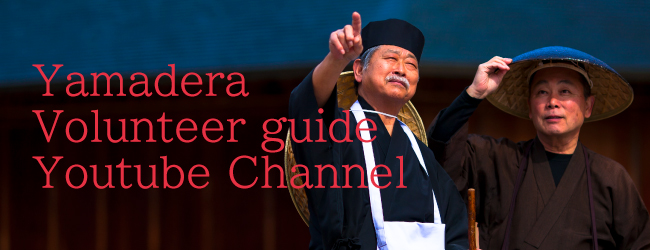Aka aka to (Redly, Redly), haiku poem and painting (replica) Matsuo Basho Genroku 4-5 (1691-2) (Original: Tenri Central Library, Tenri University)

Aka aka to (Redly, Redly), haiku poem and painting (replica)
Matsuo Basho
Genroku 4-5 (1691-2)
(Original: Tenri Central Library, Tenri University)
This jigasan, a term for a work in which the author of a poem also paints a picture to accompany it, features a poem written by Basho along with his painting of a sprig of hagi bush clover with the sun in the background.
aka aka to / hi wa tsurenaku mo / aki no kaze
redly, redly / the sun shines heartlessly, but / the wind is autumnal*
The kigo (seasonal word) in this poem is aki no kaze, or “autumn wind,” and the poem conveys the sense that while the heat and strong sun of summer remain, the blowing wind contains a hint of the autumn coolness to come.
Basho composed this poem during his Oku no Hosomichi journey of 1689, at a poetry gathering held on the 17th day of the 7th lunar month, which would have been the beginning of autumn. The poetry gathering was held at the home of the haiku poet Tachibana Hokushi in the town of Kanazawa in the Kaga Province (present-day Kanazawa city, Ishikawa prefecture), and this poem appears in Basho’s Oku no Hosomichi travel narrative. Hokushi became a disciple of Basho’s, and he accompanied Basho on a portion of his Oku no Hosomichi journey.
Basho painted several different paintings to accompany this haiku in multiple gasan works, which seems to indicate a special fondness on his part for this poem.
*translation: Donald Keen
